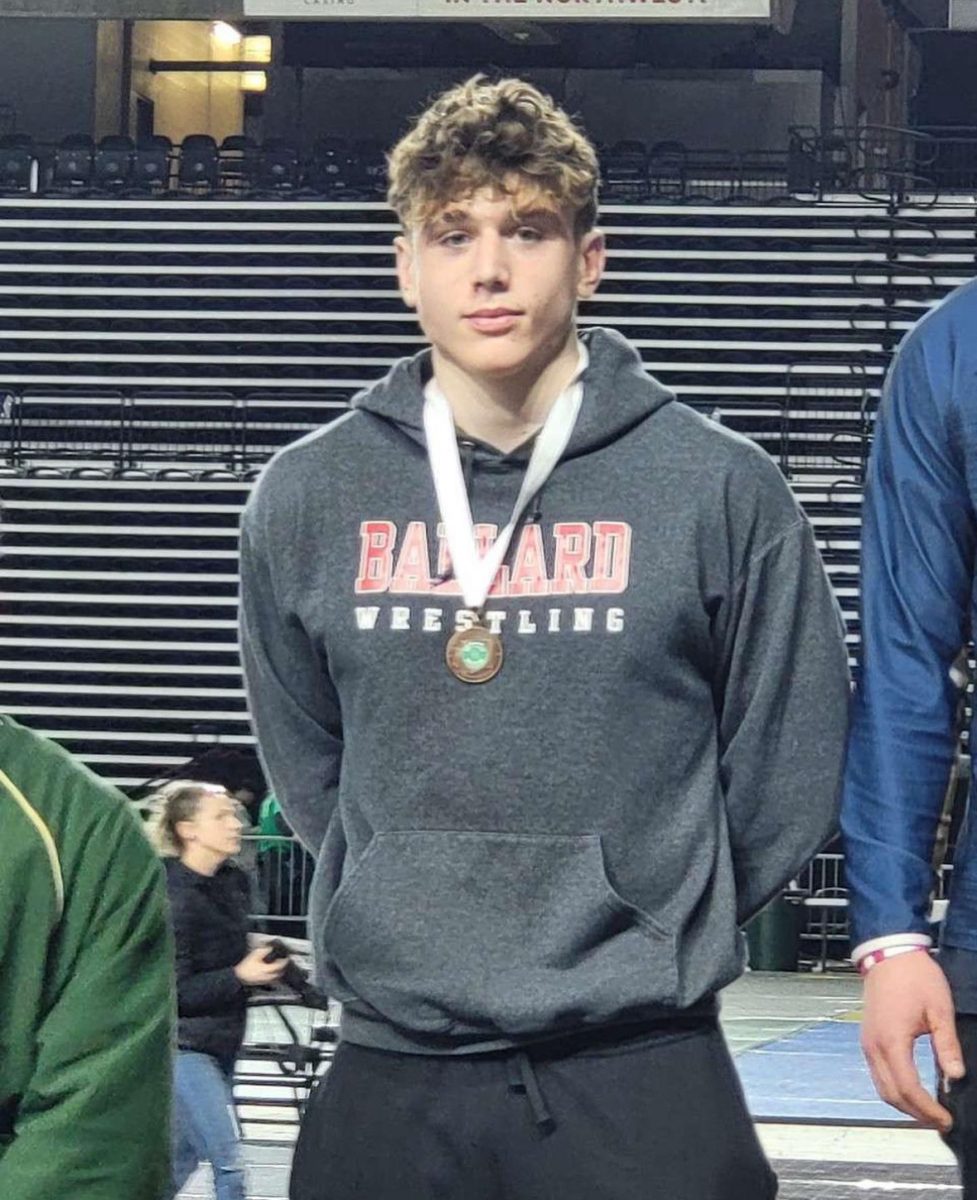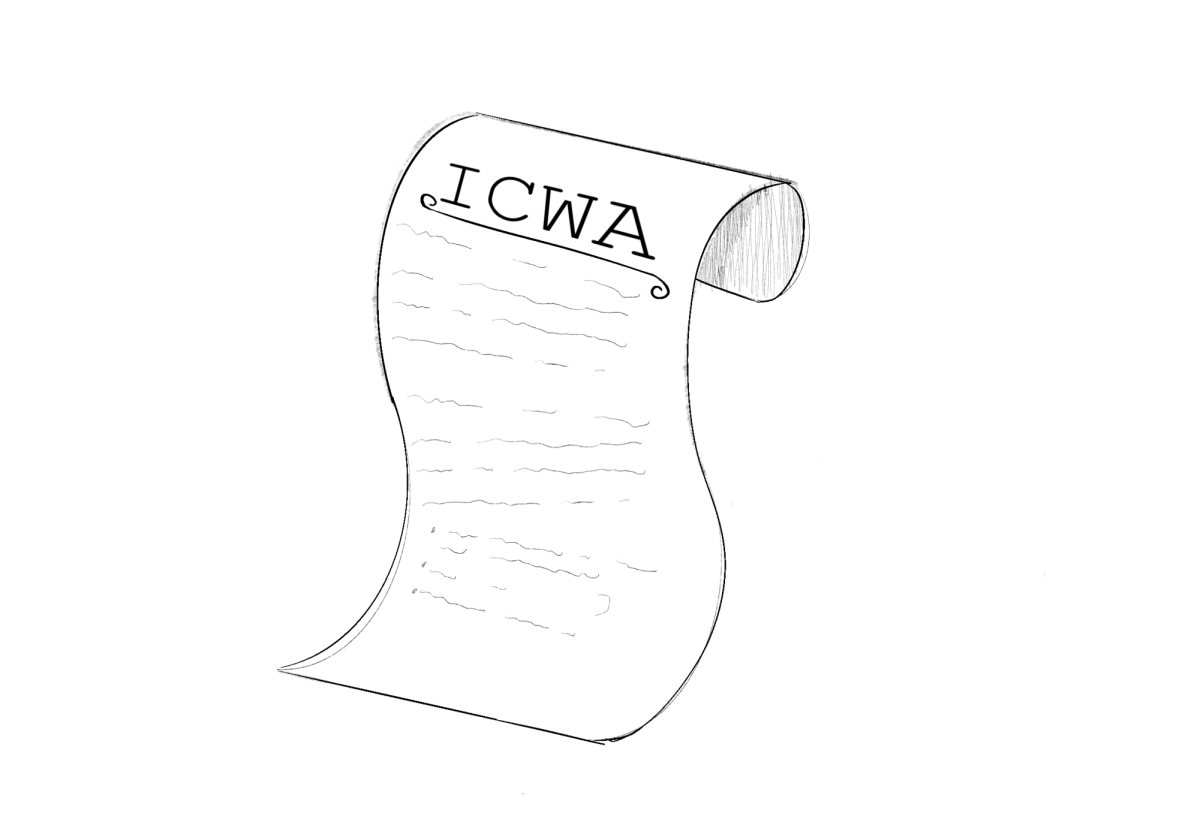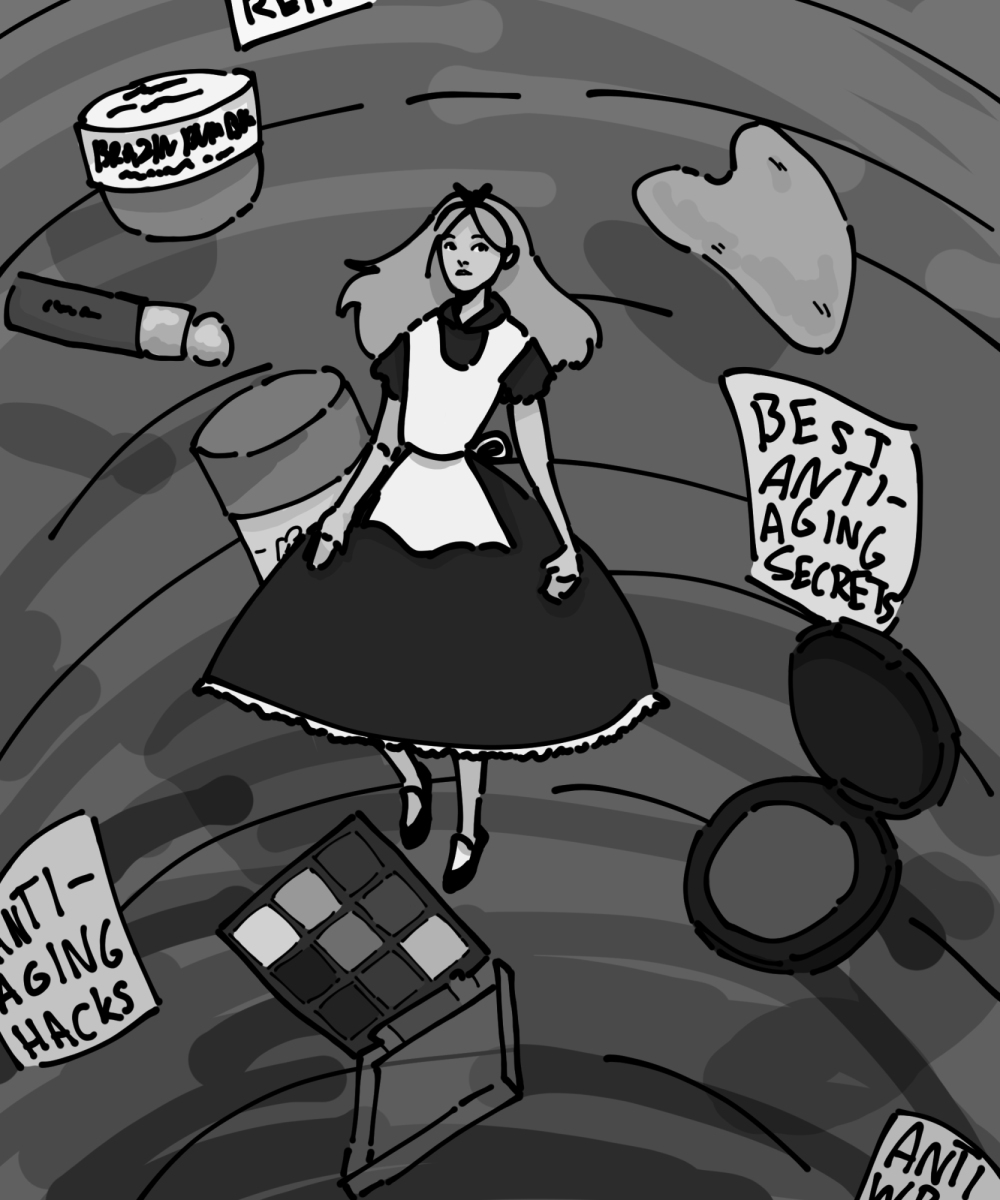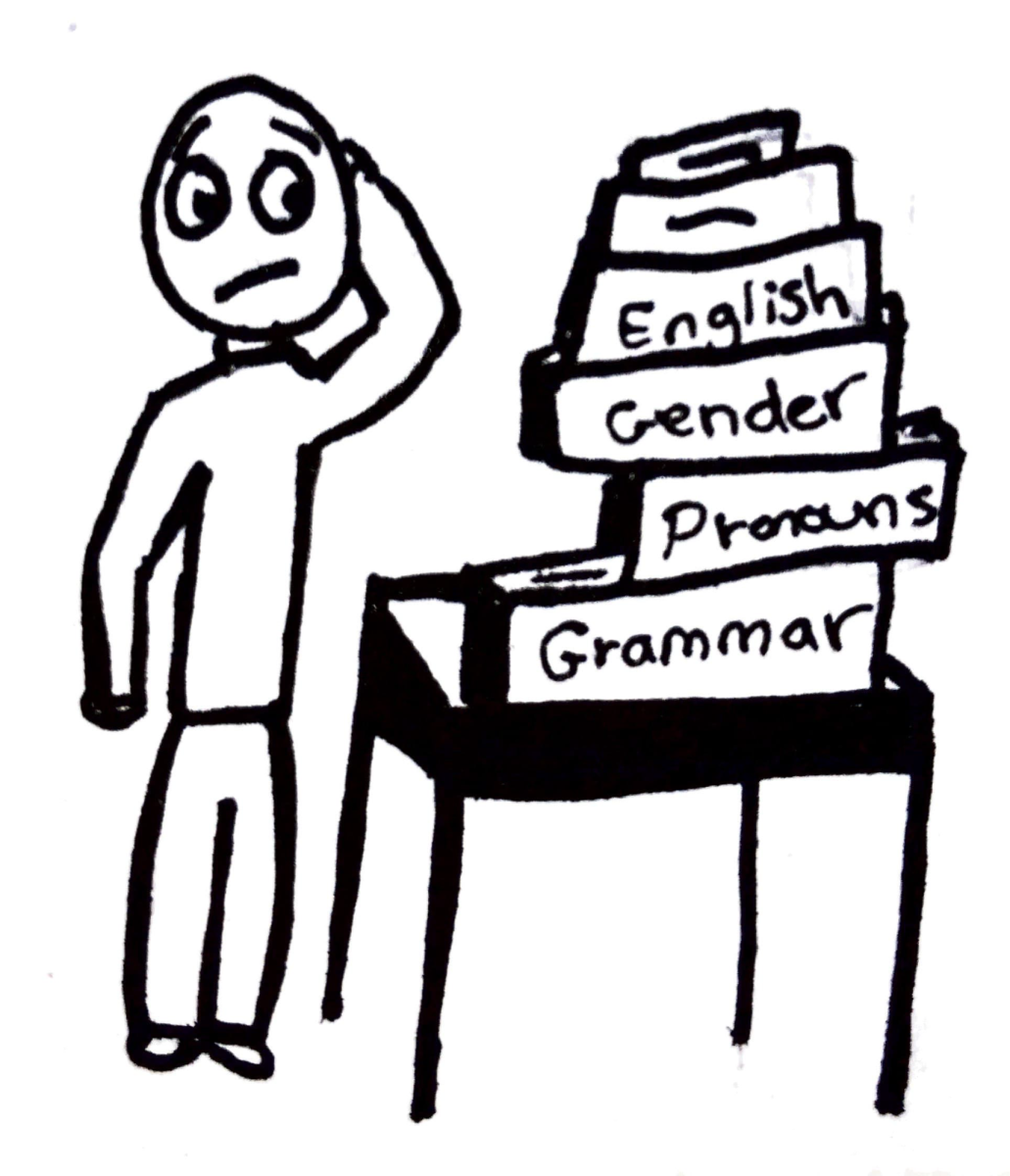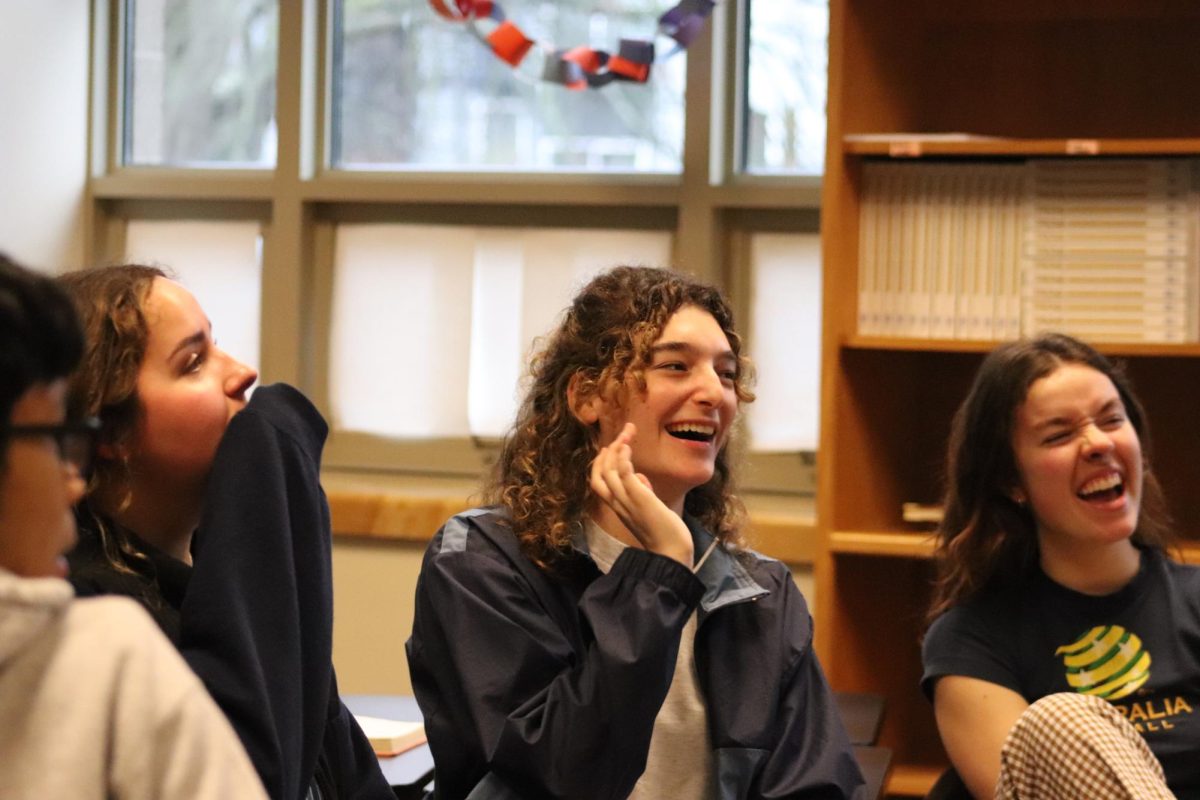A breakdown of the misconceptions and cultural significance
Samantha margot, STAFF REPORTER
ORIGINALLY PUBLISHED November 21, 2018
In European culture, death is considered dark, ugly and consuming. For centuries, myths of escaping this lurking horror via the Fountain of Youth, alchemy or using black magic drifted around the globe. This theme is continued in North American culture where people fall silent at the thought of such a depressing affair.
Not to say in other cultures people don’t feel the impact of the loss of someone within their community. To many, death is a stage that we must all go through, a door to the next chapter in our journey.
Día de los Muertos is not the “Mexican Halloween,” it is the affirmation of life and death. The event surrounds anyone in attendance with the light that was left behind by people who passed.
Junior Jasmin García Cruz discusses the atmosphere and meaning of Day of the Dead. “It doesn’t honor death,” she said. “It’s a day where we celebrate our ancestors and celebrate what they did, how they influenced the whole family.”
The holiday, typically celebrated throughout Latin America, is strongly associated with Mexican influence and was celebrated thousands of years beforehand by Aztec peoples. The events draw from indigenous culture and Catholicism brought to Latin America by Spanish colonization.
“We make their favorite food,” García Cruz said. “We do this thing where we make an ofrenda — a little table where we put pictures of who’s passed away — put the food on there, drinks, candles. Everyone gets really happy celebrating their life.”
This practice is not a part of the occult; this is not a worship of black magic, the devil, or any “unholy” practice that’s thrown in with this catholic holiday. Nov. 1-2 intermingles with spirits of family members no longer in the physical world. During this time ofrendas and costumes are an offering of love to the lives they lived.
“It helped me move on when my godmother died,” García Cruz said. “It’s celebrating that she lived, she did something important, I appreciate that. Now she doesn’t have to live in this cruel world, she’s moved on.”
It’s an understatement to say that, living in America, it’s hard to continue traditional cultural practices when thousands of instances of bigotry appear prevalent in society. Most notably the tirade that stands firmly against hijabs, placing a distorted and cartoonish red faced man as the logo of the Cleveland Indians or culturally appropriating traditions to dress as a “sexy sugar skull.”
Día de los Muertos gives the community celebrating it the chance to bond over the feelings of love and family that are left by their ancestors. It encourages people to remember but move on, not to get stuck on the passing.
Earlier in life Professor López Madrid didn’t associate the passing of someone with fondness. “It’s not something that affects me individually,” she said. “It’s not part of my culture, I’m from Spain, we don’t have Día de los Muertos, we have Day of All Saints.”
Day of All Saints, a Catholic holiday, was brought over with colonizers. The combination with indigenous Aztec celebration of All Souls is how Día de los Muertos came to be. Typically, Day of All Saints is a sad affair, when people go to the cemeteries to place flowers on graves, mourning the loss of family members and loved ones.
“When I came here to the United States, I met a lot of Mexican people who explained to me another perspective of death,” López Madrid said. “I realized — while I had never had a positive attitude to death — it’s sad, it’s apart of life, I saw this as another state that if this comes, this comes, still try to continue your life even if it’s hard.”
In 2011 a survey done by the Pew Hispanic Center found that people claiming Mexican ancestry or birthright make up about 65 percent of Latinos in the United States. Out of those people, a 2012 survey by Golin (an international public relations agency) stated that only 28 percent celebrate Día de los Muertos.
“A lot of people, especially the young ones, might be embarrassed that they celebrate the dead,” García Cruz said. “They come to America and it’s Halloween, it’s not a thing here. They might be ashamed.”
To reiterate, Day of the Dead is not about worshiping tragedies, it is communities finding the light that was left behind loved ones and a hope that they are enjoying the next portion of their journey.
“For me now, this is a way to commemorate them. They’re saying ‘let’s go to remember them, so that way they are always going to be alive in our hearts, our environment and our community,’” López Madrid said. “It also reminds me how lucky we are in daily life and to take advantage of our opportunities.”
![West Seattle High School’s (WSHS) Chinese program is closing down and teachers in the program are informed to transfer to a different high school. At WSHS, 475 both former and current students have signed a petition to help teacher Ying Yu continue her Chinese program. She shares that initially, the program offered only four classes with 90 students but with her initiatives, the program grew to be full-time with 154 students and 137 students on the waiting list. (Seattle Public Schools Board Meeting YouTube Channel: Seattle Schools Board Meeting May 8, 2024, [58:25])](https://ballardtalisman.org/wp-content/uploads/2024/06/Screenshot-2024-06-14-134038.png)
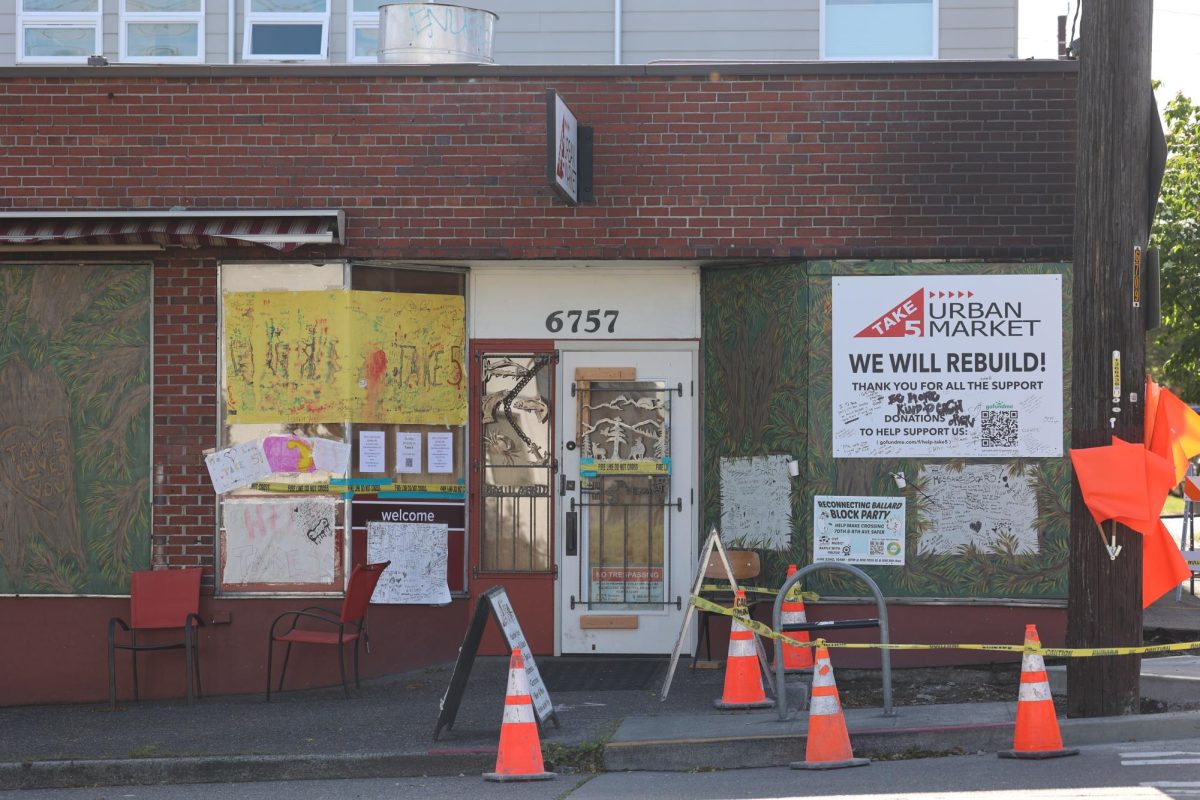

![“Link Crew is meant to be a way for [upperclassmen] to help ninth graders with the transition to high school,” Laura Lehni, language arts teacher, ASB advisor and Link coordinator, said](https://ballardtalisman.org/wp-content/uploads/2024/05/IMG_4601-1200x800.jpg)

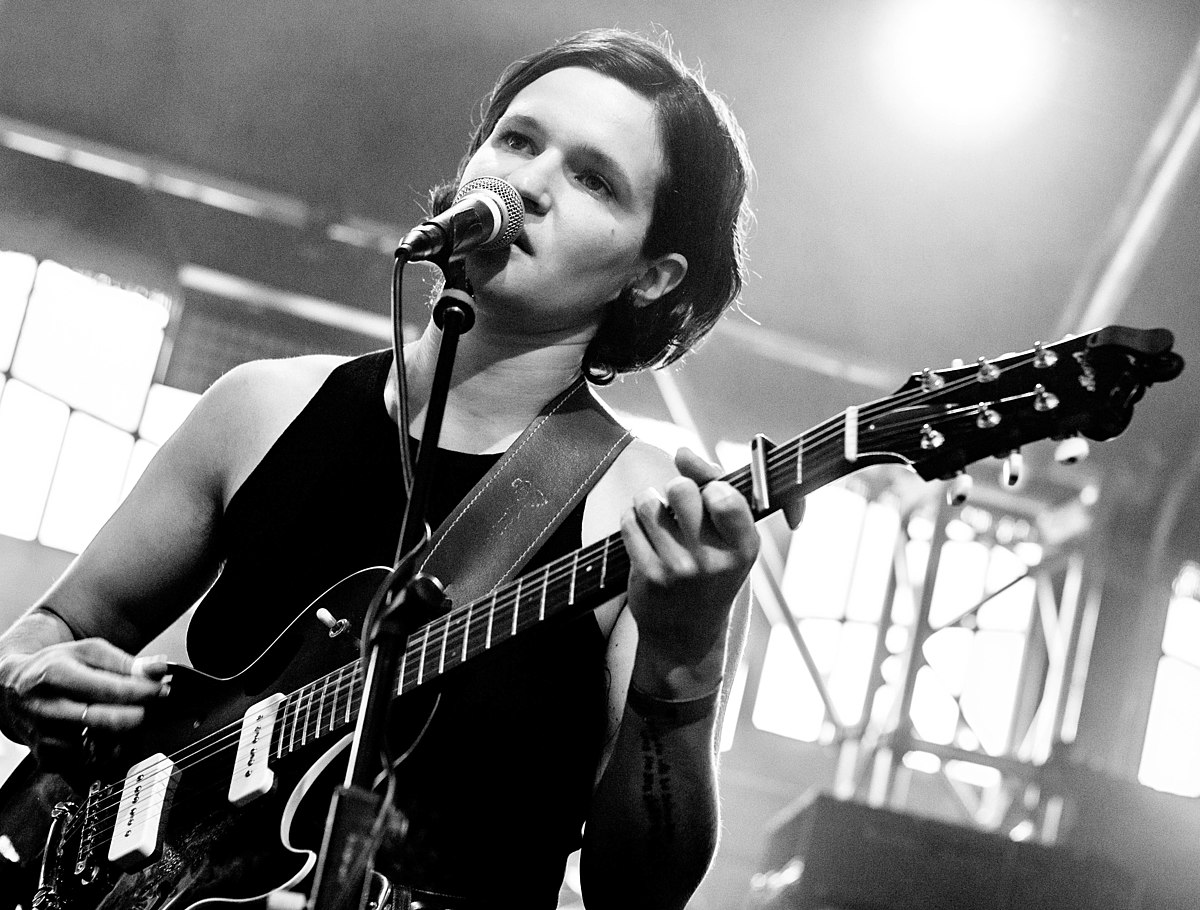
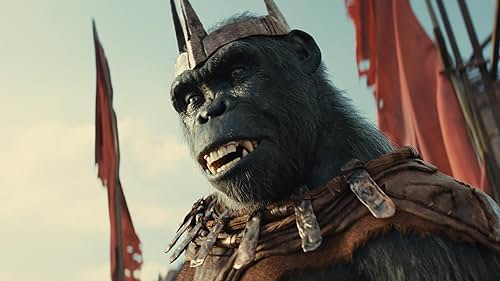
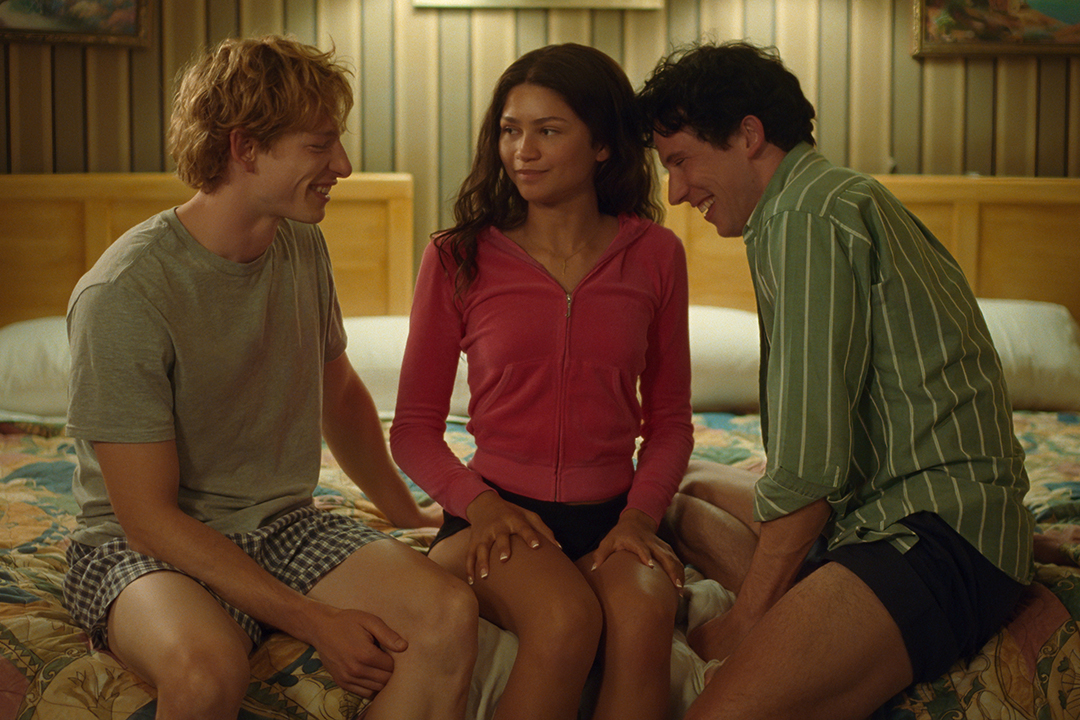



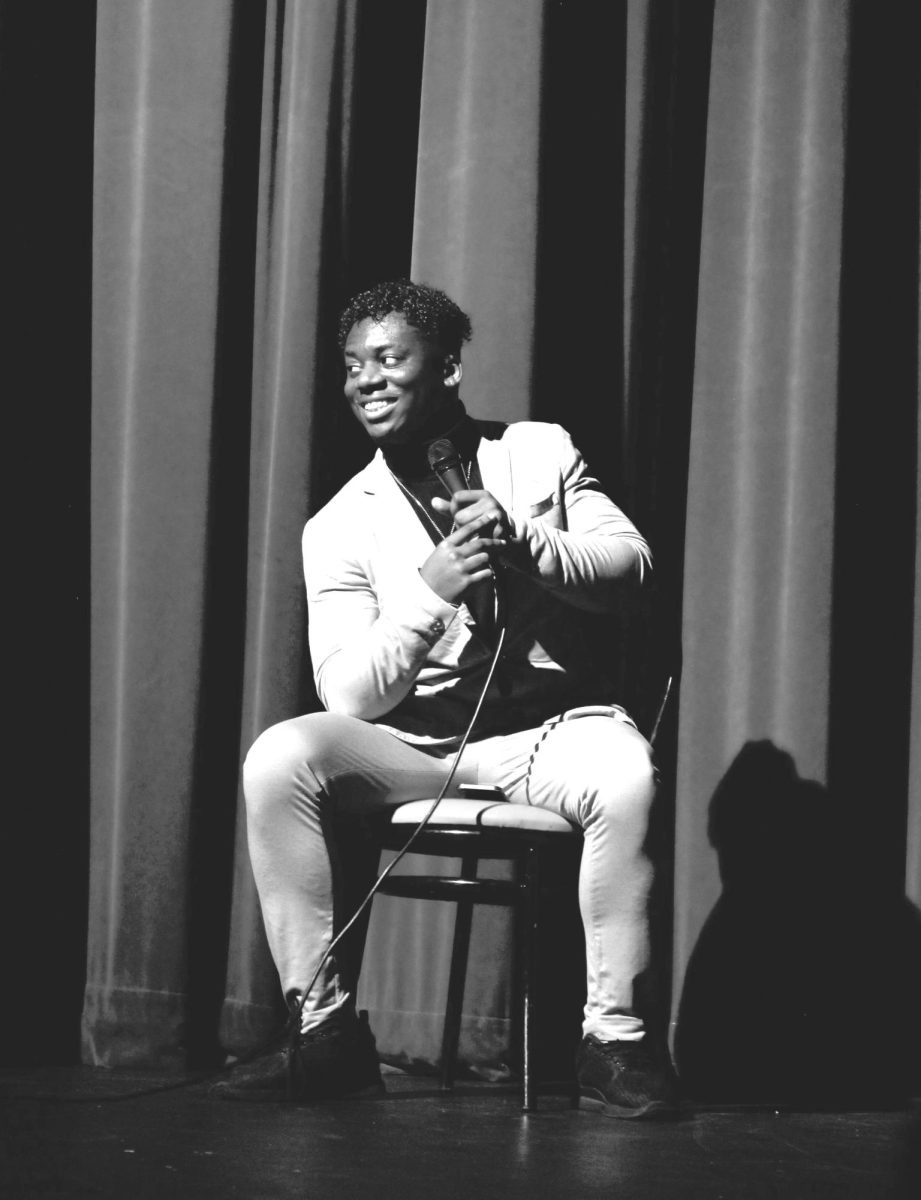


![Henry Willy [pictured left] taking the field with his teammates in a 10-11 loss vs. Saas.](https://ballardtalisman.org/wp-content/uploads/2024/05/IMG_2431.jpg)


